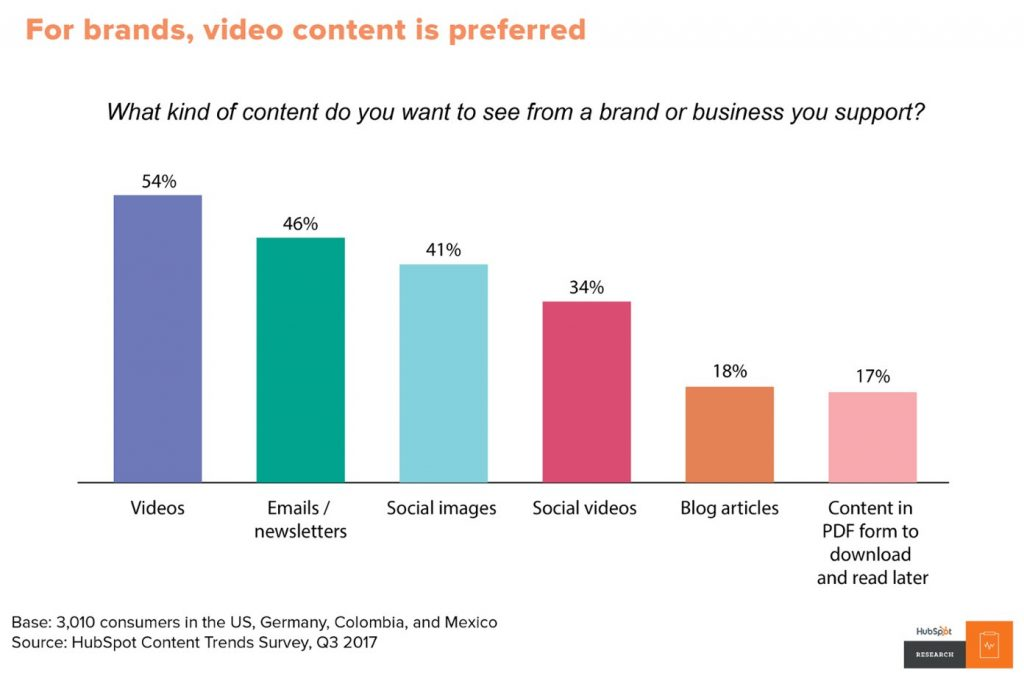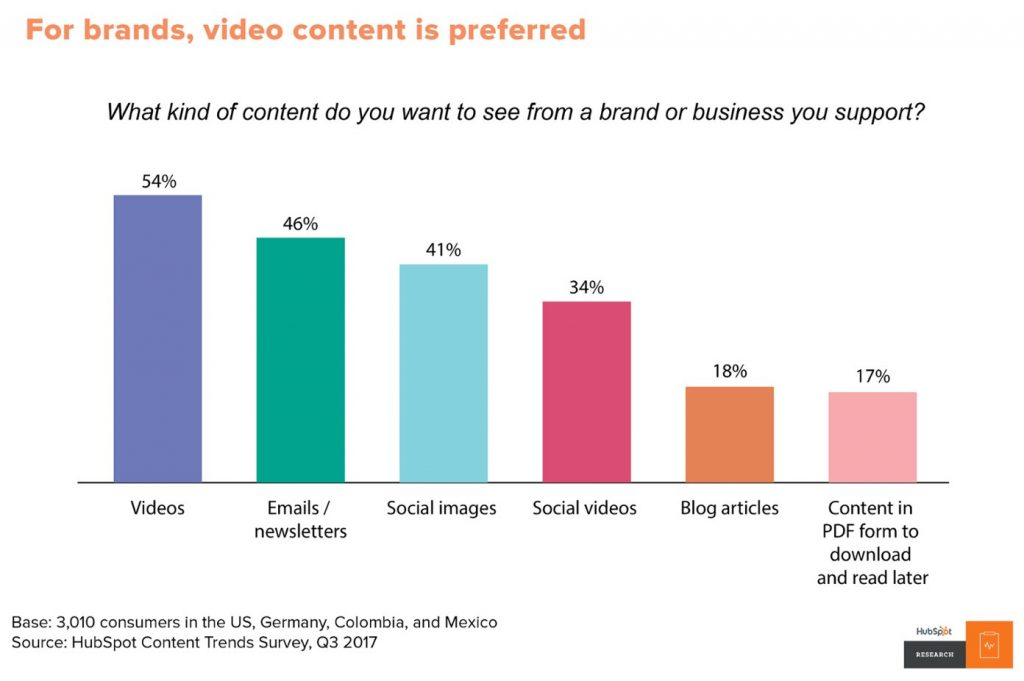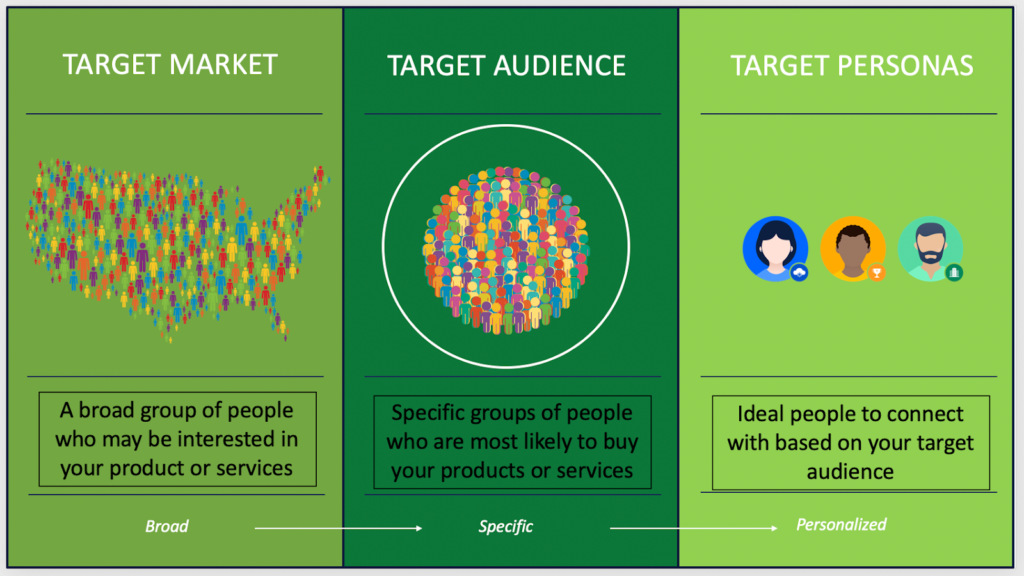Reel or Real: Addressing the Animated Vs. Live-Action Video Debate

Are you looking to create a video for your brand but can’t decide between animated vs. live-action videos? Animated videos can be used to convey complex ideas and information in a fun and engaging way. On the other hand, live-action videos are filmed using real people and real-life settings. Therefore, they can be used to create a more authentic and relatable experience for the audience. So, which one should you choose?
In this blog, we will discuss the key factors to consider when making this decision, such as budget, audience appeal, and message conveyance. Continue reading to discover the pros and cons of live-action and animated videos.
What is an Animated Video?
In an animation video, a series of pictures move together to create an illusion of action. To create this illusion, pictures undergo the process of designing, layout addition, and photographic sequences. Note that the moving pictures are an “illusion,” and they are not moving in reality.

An animation video is a blend of colors, images, and logos (since you’re using it for marketing) — basically, a fun way to communicate your message. The best part is regardless of age, everyone enjoys animated videos. So whether your target audience is millennials or Gen Z, you can’t go wrong with using animated topics.
They also can grab attention in a sea of videos, are versatile enough to entertain and educate simultaneously, and effectively simplify complex topics and add a fun element to the content. Plus, they are cost-effective to produce compared to other types of videos.
Animated videos can be a great way to connect with today’s generation and add an engaging and memorable element to your social media strategy.
What is a Live-Action Video?
A live-action video is a type of video that features real people and real-world locations rather than animation. It is shot with live cameras and typically involves actors performing in front of the camera. Live-action videos can include various genres and styles, such as movies, TV shows, commercials, music videos, and more.
Live-action videos aim to create a sense of realism and familiarity for the viewer and effectively convey emotions, body language, and non-verbal cues. They can be shot on location or a set built in a studio.

Animated vs. Live-Action Video: The Pros and Cons
Live-action videos benefit from being more relatable to viewers because they feature real people and settings. But animated videos have the advantage of being cost-effective and versatile. Here are some pros and cons of animated and live-action videos.
| Live-Action Videos | Animated Videos | ||
| Pros | Cons | Pros | Cons |
| Can create a sense of realism and familiarity for viewers | Can be more expensive to produce due to the need for actors, equipment, and locations | Can create a wide range of styles, characters, and settings | Can be less relatable to viewers |
| Can be more engaging and emotionally impactful | Can be time-consuming to plan and execute | Can be cost-effective, especially when compared to live-action | May not convey emotions as effectively as live-action |
| Can effectively convey body language and non-verbal cues | Limited by the physical abilities of actors and real-world locations | Can create fantastical or impossible elements | Can be time-consuming and costly to produce |
| Can showcase real-world locations and settings | Can be affected by environmental factors such as weather or lighting conditions | Allows for a high degree of creative control and flexibility | Can be limited by the skill and experience of the animator |
Animated vs. live-action video: Which to choose?
Live-action videos are best used when a sense of realism and familiarity is desired, and animated videos are best used when creative freedom and versatility are desired. Both types of videos have their own advantages and disadvantages, and the best choice will depend on the specific goals and message of the production. Here are some factors you should keep in mind while making a decision:
1. Target audience
The type of video you make depends heavily on what type of demographic you’re serving. For example, are you trying to promote a kids’ book to their parents? Animated videos might be a good idea. But if you’re trying to get those same parents to book a night stay at your leisure villa, you might want to go ahead with a live-action video.

2. Budget
How much of the marketing strategy is your video and social media marketing strategy taking? Depending on it, you might want to select an option that fits your budget. For example, animated videos typically have lower upfront costs, as they do not require the same equipment, actors, and locations as live-action videos. However, the animation process can be time-consuming and labor-intensive, adding to the overall cost. Additionally, high-quality animation can require specialized software and a skilled animator, which can also add to the cost.
On the other hand, live-action videos generally have higher upfront costs. This is because they require equipment such as cameras, lighting, sound, actors, locations, and crew. However, the production process can be faster and less labor-intensive than animation.
3. Timeline
Video production can take a lot of time. Depending on your time, you could choose between animation and live video action. Animation videos may take more time because each image must first be built and then animated. On the other hand, live-action videos may take time, too, seeing how you have to hire a crew, write the script, plan locations, and get filming agencies. You’ll have to prepare a timeline in advance, whichever option you choose.
4. The human element
In live-action videos, the human element is represented by real actors and actresses, who bring their own emotions, personalities, and physical characteristics to their performances. In addition, live-action allows for the representation of natural body language, facial expressions, and other non-verbal cues essential for conveying emotions to the audience.
While animation can be highly expressive and creative, it can also be less relatable to viewers because it does not feature real people. Additionally, animation can be less effective at conveying subtle emotions and non-verbal cues than live-action. But animation allows for a greater degree of creative control and can create a wide range of styles and effects that would be difficult or impossible to achieve in live-action.
5. Updates
Do you often find yourself updating the videos? Updating the current trends, perhaps? If the answer is yes, you should think before choosing live-action videos. This is because updating live-action videos can be more problematic than updating animated videos.
Updating a live-action video requires reassembling the original cast and crew and capturing new footage and sound. This can be a time-consuming and costly process, especially for small changes.
On the other hand, animation can be more cost-effective to update after it has already been produced. This is because animation can be edited and updated digitally without re-shooting footage or recording new sounds. This makes it a more flexible and cost-effective option if your message frequently changes or requires periodic updates.
The Final Word
Live-action videos are best used when a sense of realism and familiarity is desired, and animated videos are best used when creative freedom and versatility are desired. Both types of videos have their own advantages and disadvantages, and the best choice will depend on the specific goals and message of the production.
In the meanwhile, if you are looking for some top video-creation services, check out Pepper Content’s services. We have you covered.
FAQs
1. Traditional animation
2. Animated cartoon
3. 2D animation
4. 3D Animation
5. Whiteboard animated videos
6. Motion graphics
7. Step motion animation
8. Infographic animated videos
Live-action videos can be a powerful tool for social media marketing when used effectively. Here are a few ways to use live-action videos in social media marketing:
1. Share live-action videos that give a behind-the-scenes look at your business, such as footage of your team.
2. Use live-action videos to showcase customer testimonials, which can effectively build trust and credibility.
3. Use live-action videos to create how-to or tutorial videos that provide value to your audience and help them learn something new.
4. Partner with influencers to create live-action videos that showcase your product or service in a relatable and authentic way.
5. Host live events or Q&A sessions on social media platforms. This allows you to interact with your audience in real-time and provide valuable content.
6. Share live-action videos created by your customers or fans, which can help build a sense of community around your brand.
Here’s a quick overview of how you can use animated videos in your social media marketing strategy:
1. Keep your videos short; entertaining, but short.
2. In feeds, videos begin automatically; you don’t have time for a lengthy introduction, so go straight to the point.
3. Post your animated videos on different channels. Posting on Facebook brings personal touch, Snapchat can give you more eyeballs, and Twitter is the perfect place for building engagement.
Latest Blogs
Learn how to rank on AI search engines like ChatGPT, Perplexity, and Gemini by optimizing your content for authority, structure, and relevance. Stay ahead in AI-driven search with this strategic guide.
Explore the best healthcare SEO services for your medical practice. Improve online visibility and effectively reach more patients in need of your services.
Discover top social media agencies specializing in banking solutions, enhancing financial services and driving engagement.
Get your hands on the latest news!
Similar Posts

Video
7 mins read
All You Need to Know About Youtube Shorts

Video
6 mins read
9 Benefits of Good Video Marketing Content

Video
6 mins read